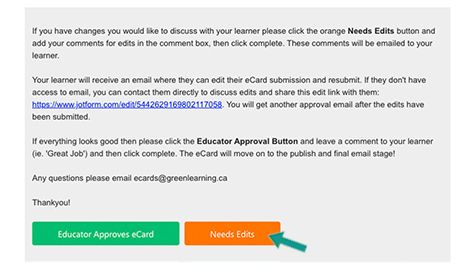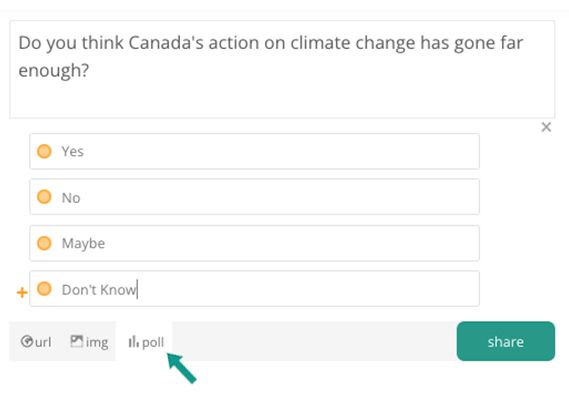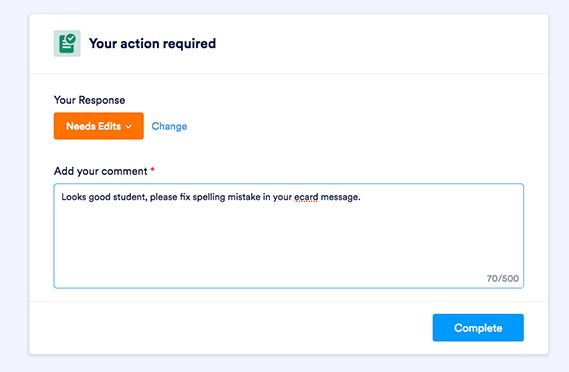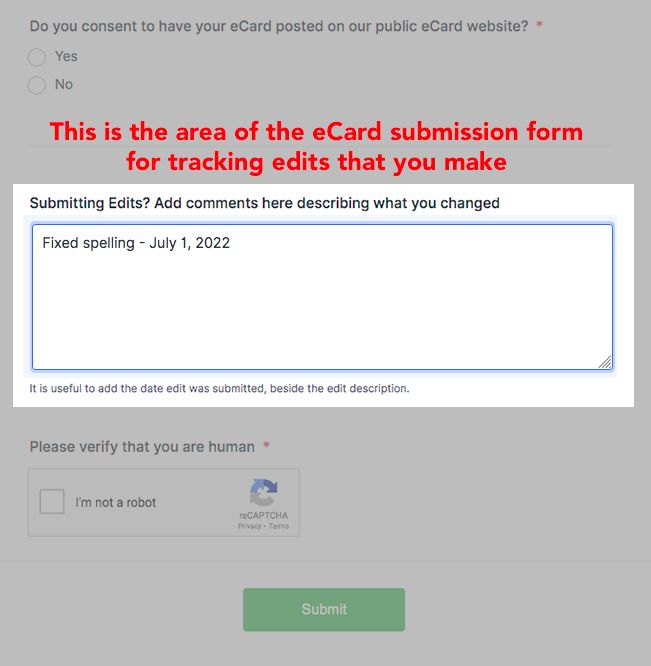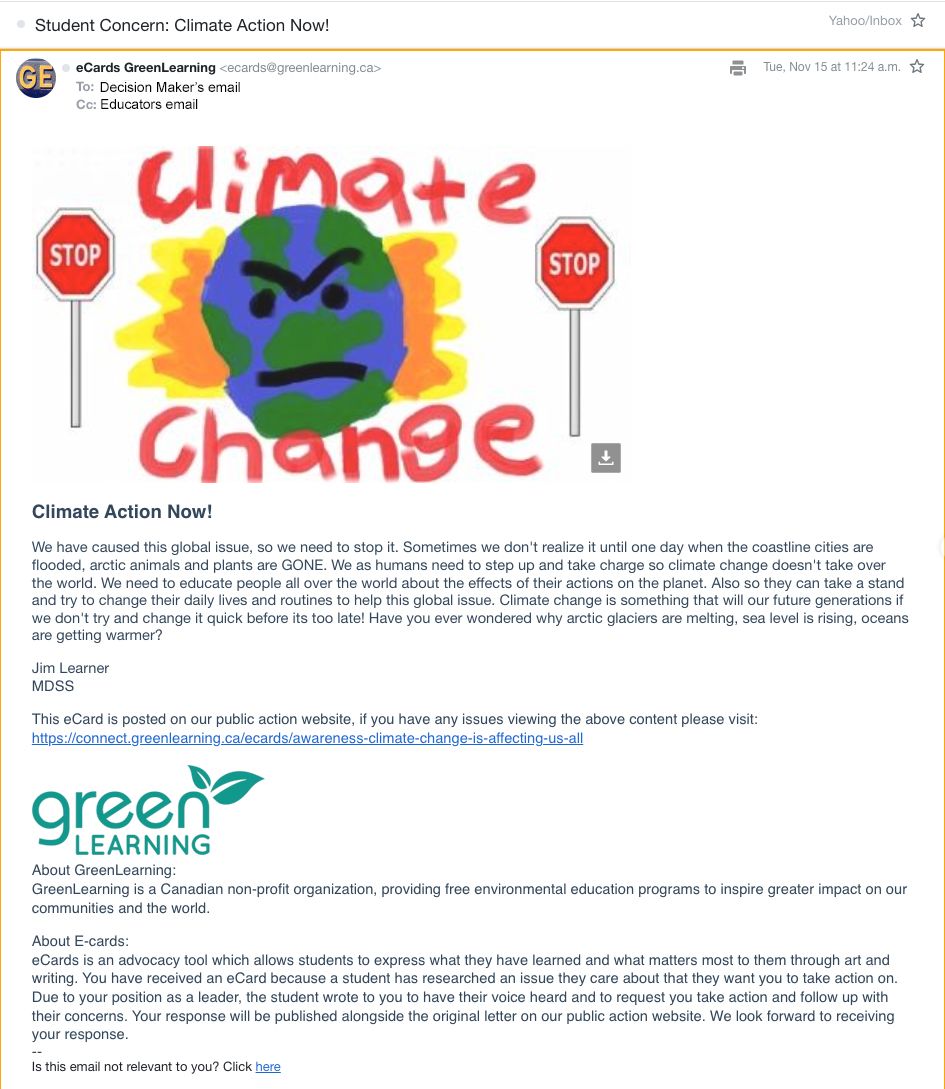2012 Re-Energy Solar Oven
Challenge Submission Showcase
From Ontario to the Northwest Territories, students this year built a variety of successful solar oven models.
Charles Tetcho School, K to Grade 8,
Trout Lake, Northwest Territories
Our school of 16 students built four ovens. Students used a cardboard box, with variations for the collector part of the oven. We cooked mini pizzas — hamburger buns with sauce and cheese. We showed the solar ovens to parents and others who came into the school.
The biggest impact on students occurred when we actually cooked our pizzas. Most didn't think that the solar oven would work. When the oven worked and heated the pizza and melted the cheese, the students were quite impressed. We then talked about the use of solar energy and how it can even be used in Canada's North.
Write your awesome label here.
Write your awesome label here.
Christ the King Catholic Secondary School, Grade 10
Georgetown, Ontario
On June 8th, the 23 students from Grade 10 Academic Science held their inaugural cook-off. It was a partly cloudy day with a temperature of 27°C.
What difficulty or challenge did you face with building or testing?
What were the advantages of pre-testing your oven?
The students built their solar cookers in teams to demonstrate their understanding of the role that geometric optics could play in reducing the reliance on fossil fuels for cooking and how this might positively impact climate change.
Students designed, created and tested their cookers independently, then together as a class, they participated in a lab-style cook-off. Students measured the temperatures achieved in white and black painted cooking pots (made from soup cans) at one-minute intervals, for 30 minutes. After their data was collected, it was on to s'more rewards — where students cooked up a s'more packet for each group member to reap the benefit of a job well done.
Christ the KingTo share this project with the rest of the school, our plan is to post some pictures on the school website, create a PowerPoint for the announcement screen in the Atrium, and include them in the school and Library newsletter. Also, all reports and images will be kept as exemplars for future science classes.
Student Comments
What did you enjoy about building your solar oven?
- We really enjoyed the hands-on creative aspect of building and designing ourselves.
- We liked the independent testing of our cooker the most.
- Christ the KingTaping on the aluminum tape was fun — it looked really cool and shiny.
- Getting to test it out and see if it worked.
- I enjoyed that it was a hands-on project.
- It added a nice creative aspect to the curriculum.
- We liked the whole building aspect of the solar cooker — especially securing the aluminum foil.
- I liked the idea that I was building something that had purpose
What difficulty or challenge did you face with building or testing?
- getting the sun to reflect more effectively and getting it to heat up faster
- assembling the many pieces in the right direction
- measuring the angles and cutting the cardboard accurately
- bending the cardboard because it was so thick
- trying to make the flap stay in place
- getting the insulation into the cooker
- keeping the foil smooth
- trying to make it so that its going to collect the most rays
What were the advantages of pre-testing your oven?
- Testing it beforehand was helpful because we knew that we had built it correctly and would be prepared for testing it in class.
- It helped us because we already had an idea of what our temperature was and we could focus on improving it.
- Christ the KingIt helped us make changes to make it easier.
- It helped me fix any errors that were there.
- It helped me change the design to make it more reflective.
- It allowed us to collect data and helped us complete the required project questions.
- It allowed us to modify our design for the betterment of our cooker.
- It showed me that it was going to heat up, but didn't tell me how well.
What did you enjoy the most about Cook-Off Day?
- Christ the KingWe got to eat s'mores!
- The best part was eating the s'mores.
- Competing with everyone else and cooking and eating the s'mores.
- We got s'mores, and they are tasty.
- I was able to use renewable energy to cook.
- The whole class was together outside the classroom.
- The outdoor experience and the culinary delight (s'mores).
- Being able to see everyone's project and to see how well ours works compared to others.... And we got to eat s'mores.
What was your greatest lesson or learning from this experience?
- We have to make our project apply to all kinds of conditions — it was really windy today!
- The greatest lesson I will take away with me is that it does not take a high tech cooker to heat up water. It is pretty simple to use the sun's energy.
- We can cook food using environmentally friendly ways. We learned how powerful the sun's rays are if you harness them.
- It is possible to cheaply use the sun's energy to boil water and cook food.
- There are alternatives to cooking without the use of fossil fuels.
- The importance of teamwork and time management.
- I know how to make a successful data table in the future.
- Different sizes and colours effect how much light rays are absorbed.
Write your awesome label here.
Write your awesome label here.
Write your awesome label here.
Write your awesome label here.
Write your awesome label here.
Write your awesome label here.
Eleanor Hall School, Grade 7
Clyde, Alberta
This challenge began during our Science unit, Heat and Temperature, after learning about conduction, convection, and radiation. Students were given a letter to their parents to tell them about the supplies they would need and to invite parent volunteers to help during the construction phase and to come out on cook day to see the results. We had two sets of parents bring in supplies on construction day and two parents help with cook day.
Eleanor HallThe class formed groups of two or three students, and they were given some class time and web resources to do some research into different oven designs and recipes. On the build day, they all designed ovens using the solar oven construction plans provided at re-energy.ca. On May 14th, we took half a morning (about 1.5 hours) to build to completion, and on the following day we cooked from 11:45 to 1:30pm. The students brought in a variety of different recipes to try.
The weather was 20°C and mostly cloudy. Because our location is in a rural setting and has no trees, hills or large buildings around, we often have very windy days, and this was one of those days. As it neared 1:00, the sky became overcast with the sun struggling to shine through. The oven temperatures ranged from as low as 75°C to as high as 95°C.
Eleanor HallI invited all of the classes in our school to come outside to the field and see our solar ovens and talk to the students about their projects. We are a small K to 9 school that has one class for every grade. Almost all of the school came outside to see what was cooking. All of the kids had a great time and thought that it was amazing that the sun could cook our food for us.
Each group named their oven and had a recipe they either designed or bought:
Hell's Kitchen made poutine out of frozen French fries, canned gravy, and shredded cheddar.
Team Whiplash baked Pillsbury dough cookies.
McGiddles made a grilled cheese sandwich with two slices of bread and sliced cheese.
Solar Cakes made a Rainbow Bits boxed cake recipe.
Get Crackin' made French toast and eggs.
The Egglets cooked a breakfast omelet with frozen hashbrowns.
Dixie Chicks also made a Rainbow Bits boxed cake recipe.
Eleanor HallDuring the construction phase, students had good conversations about delegating tasks and troubleshooting design problems. In every group, I heard students discussing what tasks they were best suited for during the construction, and then they began working on their assigned duties. Some students were short on materials, and all groups cooperated effectively, sharing supplies and helping each other out when needed. This is a class that always works well together, and it was really good to see another example of the excellent camaraderie in this group.
During the cooking phase, students were absolutely amazed to observe their ovens getting hot. It was as if they didn't believe this was going to work. Their major concern was the weather, as there were quite a few clouds in the sky and the sun struggled to shine through at certain points. It was also quite windy out, and they were concerned that their ovens weren't insulated enough and that some of the heat would be carried away. I encouraged students to adjust their ovens to align with the angle of the sun. After doing so, they added their food and were surprised to see the food cooking and changing with the heat. Unfortunately, we ran out of time to completely cook the food. The wind was a constant challenge, and the sky became overcast significantly reducing the sun's rays. Most of the students were disappointed with the clouds and the wind but were pleased to Eleanor Hall to see that the sun could still be effective despite these obstacles.
When we returned to class, we had a discussion about why our recipes might not have cooked so well and what we could do to modify our designs, if we were to do this again. The general conclusion was to better insulate the boxes, to create something to block the wind, and to raise the cooking tray to be directly at the bottom of the reflectors. All groups had their cooking pans on the bottom of the box, and they realized there was too much of a gap between the reflectors and the pan. They concluded that this was the best modification they could make to see success in the future. I had several students take their ovens home so they could try again and share them with their families.
Write your awesome label here.
Write your awesome label here.
Write your awesome label here.
Write your awesome label here.
J.J. Nearing School, Grade 4
St. Albert, Alberta
Step 1. Use a pizza box as your oven (doesn't even have to be a new one!)
Step 2. Draw a one-inch edge on three sides of the top of the pizza box. Cut along the sides leaving the edge along the back uncut.
Step 3. Form a flap by gently folding back along the uncut side.
Step 4. Cut a piece of foil wrap to fit on the inside of the flap. Smooth out any wrinkles and glue into place.
Step 5. Cut a piece of plastic wrap to fit over the opening you made in the lid. The plastic should be bigger than the opening so it can be taped to the underside of the box top. Be sure the plastic wrap becomes a tightly sealed window.
Step 6. Cut another piece of foil wrap to line the bottom of the pizza box and glue into place.
Step 7. Cover the foil on the bottom with a piece of black construction paper and tape into place.
Step 8. Close the pizza box and open the flap facing towards the sun. Adjust the box until the foil reflects the maximum sunlight into the oven interior.
Try cooking s'mores, nachos, hot dogs, or even cookies. Expect the cooking time to take twice as long as a conventional oven and allow about one half hour to preheat.
*Special thanks to NItza Pizza for donating all of our boxes!
Write your awesome label here.
Queen Elizabeth District High School, Grade 11 Environmental ScienceSioux Lookout, Ontario
Held on December 2011, our solar oven challenge was set up as The Great Christmas Goody Baking Challenge. Students worked in pairs or groups of three to develop a set of criteria and then research three different oven designs. They had to select the one that best met all of their criteria and then build it during two classes. Each group chose a different design, all made from cardboard boxes.
We got a clear, sunny day for baking day which enabled students to raise their oven temperature by 20 to 35°C over the course of 50 minutes. Although none of the chocolate chip cookies fully baked, students had a good time creating their ovens and measuring the rise in temperature at 20 minute intervals.
On our baking date, December 20th, the outside temperature was -17°C. The oven that rose to the greatest temperature rose to 18°C — a rise of 35°C. Each group learned from the others, and all completed the activity with ideas for changes that they would make in the future.
To share the project with the rest of the school, a slideshow was done for the class, and photos were submitted to the yearbook.
Students had fun working with others they hadn't worked with in the past and improvising ways to make their oven design superior to their classmates'. Students were cold standing in the snow-covered field; however, they enjoyed being outside during the last week of classes before Christmas holidays.
Write your awesome label here.
Write your awesome label here.
Write your awesome label here.
St. Mary Secondary School, Grade 11
Cobourg, Ontario
Students completed six ovens with at least four different designs. The one parabolic oven reached 120°C on a very sunny day. The oven made with the re-energy.ca plan reached a similar temperature of 115°C. Students cooked nachos — tortilla chips with grated cheddar cheese.
Some students were intent on going with what they thought was a good plan for their oven. After the initial temperature testing day, they made some revisions. The building of the ovens was a bit frustrating, and it did take several classes to get a completed product that was secure and the foil smooth.
We completed the cooking on June 8th. Due to slightly overcast conditions, we did not reach the hot temperatures we had on the previous day.
We plan to post pictures on the scrolling TV screen in the main forum of our school. The current Science 10 class will try them as part of the climate change unit.
Write your awesome label here.
Write your awesome label here.
St. Theresa of Lisieux Catholic High School, Grade 11
Richmond Hill, Ontario
The class built one solar oven and used it to cook Pillsbury chocolate chip cookies. We used our oven as part of a classroom challenge — it was mainly for ourselves and was shared amongst teachers and students in the Science department.
The students had a great time coming up with designs for the oven. They spent several days researching and watching videos on how to build a solar oven, and originally decided to build it using a cardboard box. Then, one student in our class brought in some foam insulation that his dad was using for a project, and they decided to build the oven using this material.
They started by painting it all black, so that the insulation would absorb some of the sunlight. They used reflective pieces of metal which they attached to the inside of the box using paper clips. They tried to position the metal strips so that they would reflect the sunlight towards the centre of the box where there was a black metal stand that would serve as the cooking surface.
The cover was made of a plastic material and covered the front and top of the box enabling us to see inside. We attached a thermometer inside the box to allow us to read the temperature while maintaining the seal on the oven.
The day we tested was partly cloudy, but the outside temperature was around 28°C, so it was quite warm in the direct sunlight. This enabled the oven to reach a temperature of 82°C, but it quickly fell once the clouds covered the sun. The cookies actually did cook in the oven, although due to lack of moisture they were quite hard when I removed them and so they were not edible.
I think the students had a great time designing and building their solar oven. They received no credit for participating in the designing or building process. Since the actual testing of the oven occurred after the semester was over (we were waiting for warmer weather!), they were not required to return to participate in the testing, and yet about half the class came out to help with the final steps of the project. It was great to see them get so excited about solar energy. You could really see that they were taking what they learned about solar energy into account when they were trying to come up with ways to design their oven. Overall, I think they had a very positive experience participating in the challenge, and I think it would be a great project to continue with next year's environmental science class!
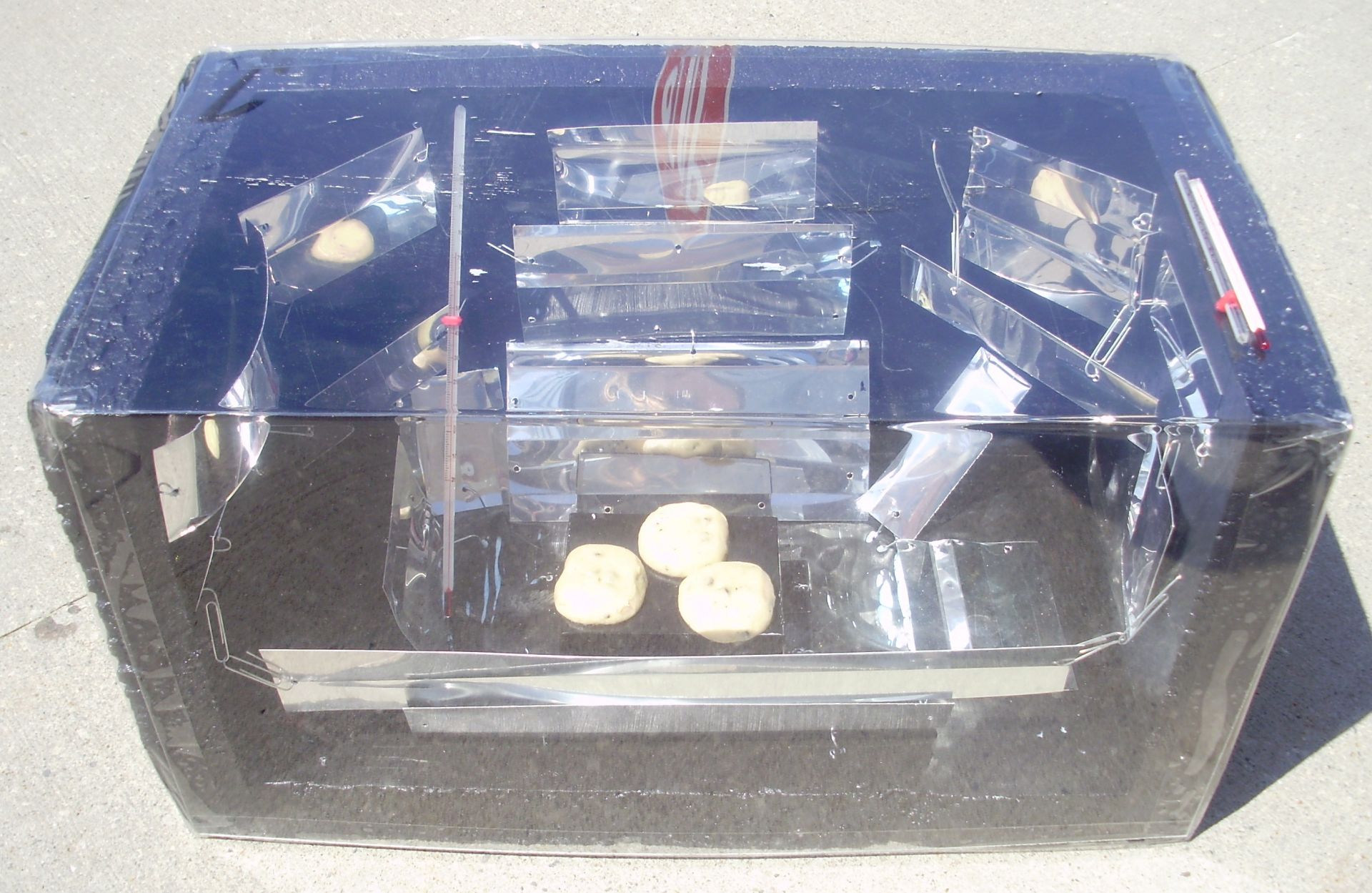
University of Toronto Schools, Best Buddies
Toronto, Ontario
Through Best Buddies, we build one-on-one meaningful friendships between UTS students and teens with intellectual disabilities. At UTS, many of our buddies come from a local public school, Hayden Park. We also have students come from a variety of other areas in the city of Toronto. While buddy pairs get together at least biweekly and talk weekly, we have monthly group events — often held at the UTS site. For the month of May, we decided to build a solar oven.
The group cut panels out of cardboard from boxes, covered them with aluminum foil, and joined them using duct tape. That Wednesday was a dreary, drizzling day outside at 5:00 pm, so we used "artificial suns" in the form of flood lamps grabbed from the physics room.
The timing of everything was perfect for our two-hour event. The bannock was finished about 15 minutes before the end. It cooked faster in the solar oven than it usually does on a campfire! Bannock is a classic campfire bread. The recipe is simple: 1 cup flour, 1 tablespoon baking powder, a dash of salt, and enough water to make a bread-like dough. There was enough bannock for everyone to have a taste. Some liked it while others, like Paul, weren't pleased with the bland taste.
All of the students and buddies got involved in the building of the oven and in decorating the outside of the finished product with Best Buddy stickers. This was a great activity: everyone could do something, and there was enough to keep everyone busy during the building phase. While the bannock was baking, all of the teens stood around the oven watching the progress. There was a lot of discussion about how long it was going to take to cook the bread and how to know when it was done. I didn't notice a lot of specific comments but definitely noticed the attention and involvement of everyone in the building and baking process. I've had to promise to bring the solar oven to our end-of-year BBQ in June to see if it can cook hot dogs!
Write your awesome label here.
Write your awesome label here.
University of Toronto Schools, Solar Oven Team
Toronto, Ontario
The team of two grade 7 students and two grade 10 students built one oven. Amanda G. did all of the background research, and she brought in a couple of designs to our first planning meeting. She made modifications to the re-energy.ca design and incorporated angles of incidence and reflection to maximize the temperature. We ended up going with a Sunflower model. We incorporated Amanda's ideas of having a clear cover of transparent acetates to prevent heat loss from convection. We were going to use chicken wire to support the food and allow it to cook from both top and bottom, but the teacher forgot to bring the chicken wire to the testing site.
Every year, we have a school House Island Day where the whole school community travels to Centre Island (one of the Toronto Islands) for the day. The student House Leaders (out-going and in-coming) organize the day and promote school spirit. Students usually wear clothing in their house colours. We built the solar oven on the beach, by the beach volleyball courts. The weather was perfect: hot and sunny!
Finding the focal point of the oven when we had the mirror in it got a lot of attention from everyone when we used a piece of dry wood and got it to burn. Needless to say, this focused intensity wasn't the greatest for the s'mores. After removing the mirror, weaving a tray (from weeping willow branches) to hold the cooking s'mores, and adjusting the oven so that the light reflected on the tray, we sat back and shared the bounty with interested on-lookers!
The oven temperature rose to 45°C and over 100°C at the focal point when the parabolic mirror was used. We cooked s'mores and made them available to everyone who came by. An announcement was put over email the day before so the school community would know about this project.
Students had a lot to say about the project. The grade 7 students (the Amandas) were talking about conduction, convection, and radiation — which they had learned in their heat unit this year. Tiffany tutored both of them about angles of incidence and refraction when Amanda G. was trying to figure out what angle to have the panels on. Then, when we added the parabolic mirror, the tutoring continued to explain focal points. Students walking by on the beach during the building and testing declared it "cool!"
Write your awesome label here.
Write your awesome label here.
GreenLearning
creates free education programs about energy, climate change and green
economy that engage and empower students to create positive change.
Support
© 2024 GreenLearning. All rights reserved.
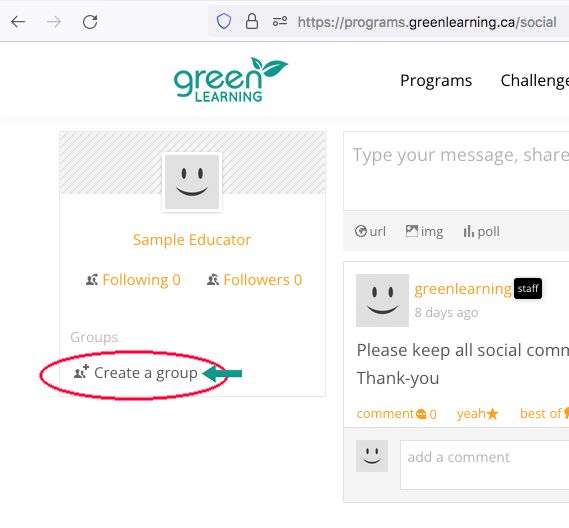
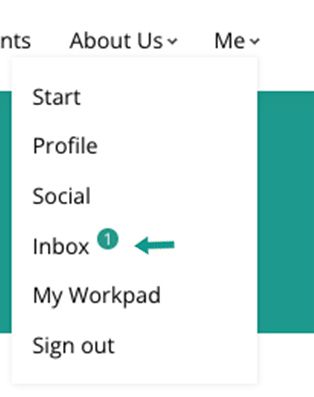

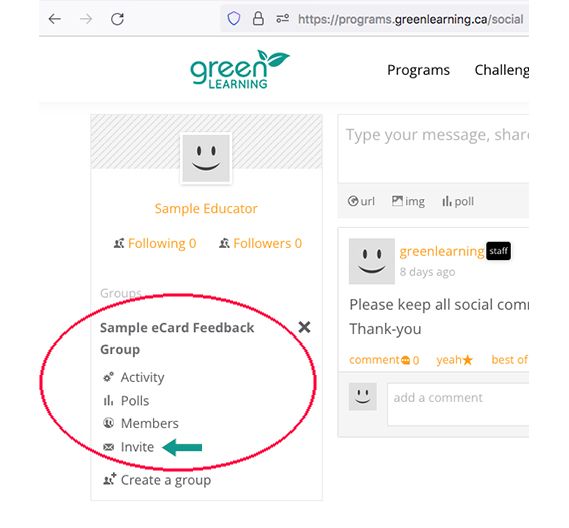

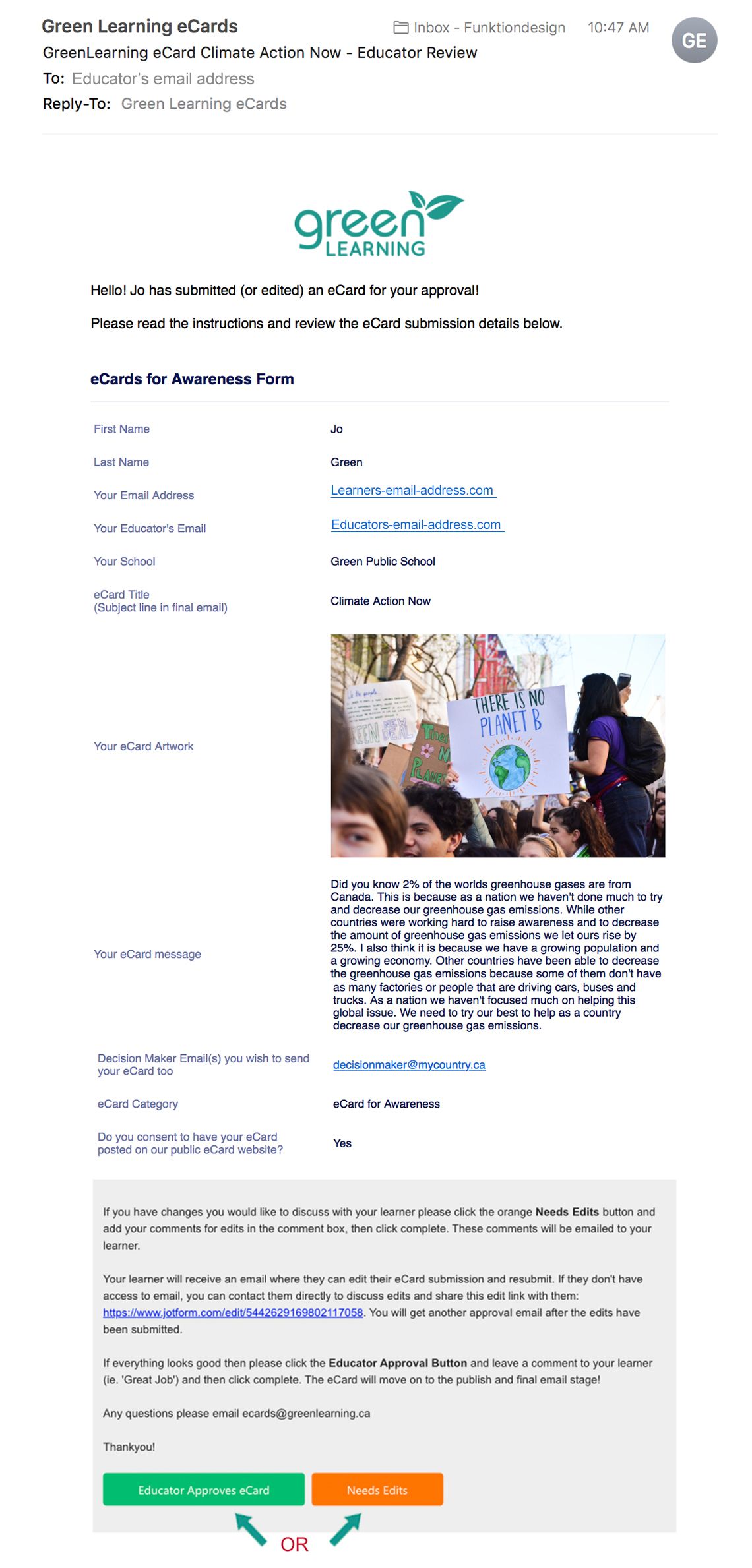
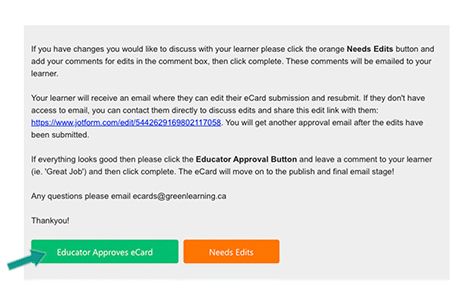
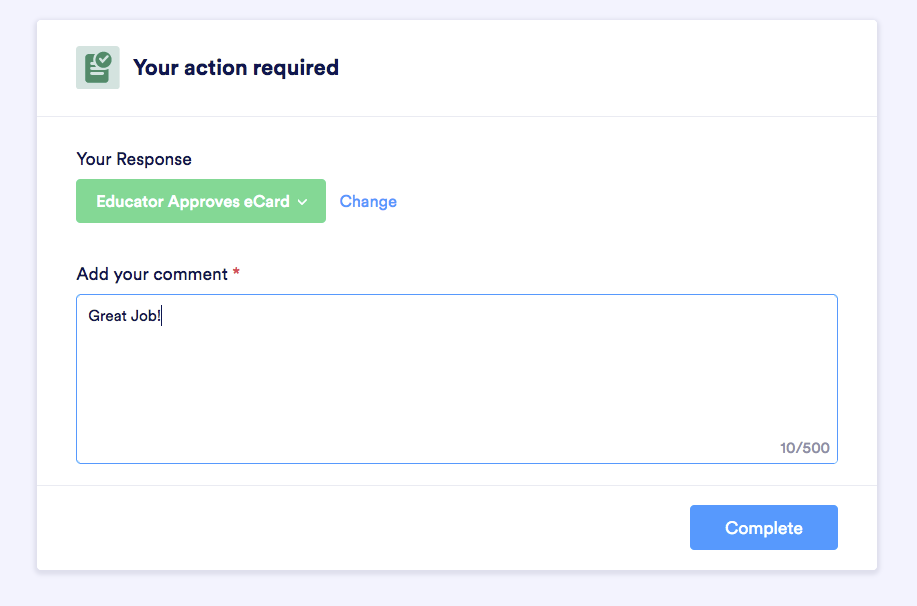
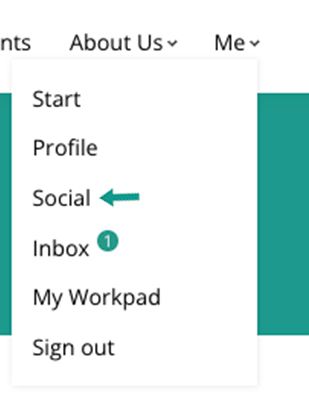
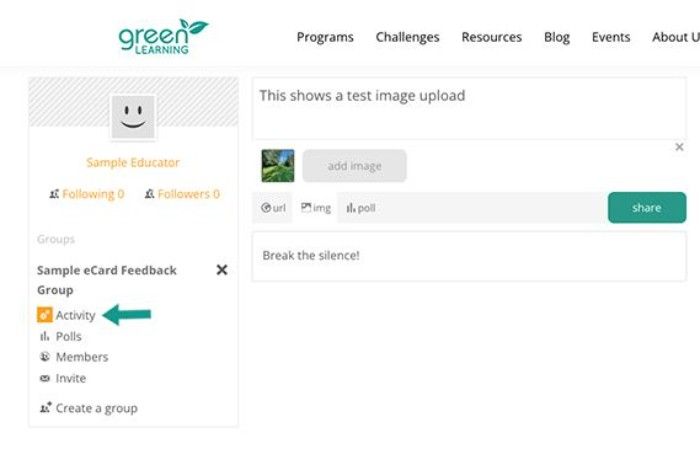
Activity link under private class group.
